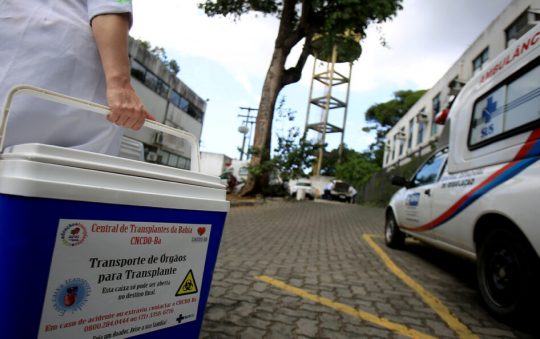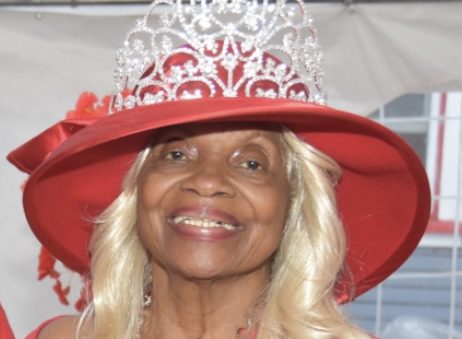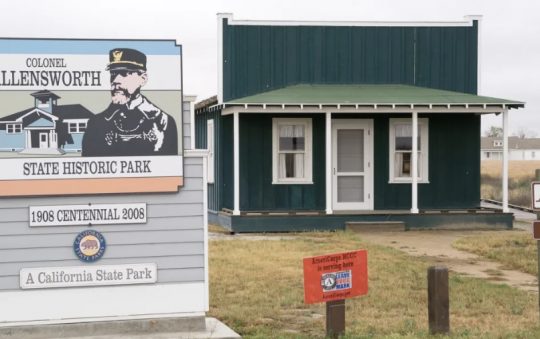

Forty Acres and a Mule. That is how the first step towards economic freedom during Reconstruction was explained to me by my grandfather. Older generations of African Americans know this to be a promise of land distribution, economic opportunity, and reparations in one of its earliest forms.
For many, that promise also included the idea of homeownership. What this looks like today is a 40-80 hour work week and scarcely making enough to survive, not live. With the work-life balance consisting of everything but balance, we are seeing the effects of an archaic ancestral dream being weaponized to constantly move the goalpost for what is considered a thriving livelihood for Black people.
My maternal grandparents became homeowners after relocating in the mid-1960s after the Watts Riots and to this day still own their home. While I can acknowledge that my grandparents worked and retired during a time where they were able to retire comfortably in their 50s because of preparation and opportunity, that unfortunately is not a reality for everyone because of financial barriers.
Recently, Black people had the lowest percentage of homeownership rates in Los Angeles County at 33.5%. Adversely, 62% of Black renters in South Los Angeles are rent-burdened. They were also less likely than other ethnic groups to have their mortgage applications accepted (State of Black L.A. Report, 2023). Based on these statistics, coupled with being outpaced in other areas regarding home value, and renting options, our society needs to acknowledge and be intentional about reinvestment now more than ever.
South L.A. represents an epicenter of culture, and history that I don’t think I fully understood until I started paying attention to the harmful effects of cultural erasure. Clear examples of this erasure over time have included eminent domain, racialized no-fault evictions, and gentrification. In recent decades, other groups and industries have been able to identify our value and enact successful ways to price us out of what is the only home that a lot of people know and love.
Though our collective housing story as a people isn’t monolithic, there are considerable correlations in our data that amplify disenfranchisement as the common denominator. The high concentration of Blacks in South L.A. that reside in housing where they are geographically cut off from many resources is not a coincidence. It is also not a coincidence that there is a discrepancy in home values between Black and White households.
I wonder how much different the quality of life would be for these communities if more of these stakeholders had the opportunity to obtain ownership in the housing that they are renting. For some time now, homeownership has been considered a gateway to wealth-building. As a people, we know how to overcome simply because overcoming systemic oppression and discrimination are things that are indoctrinated to us early in life.
However, being proactive in developing different pathways to homeownership has the potential to position us more competitively as a people. The threshold of accessibility and valuation is already inequitable, and a lot of this can be rectified with more intentional policies.
California Assembly Bill AB 1033 could be a part of that recipe of solutions. This allows property owners to partition a property by allowing ADUs to be sold separately from the main residence.
Additionally, this can include faster permitting, more financing options, and flexible multigenerational living.
With the passing of AB 1033 in 2023, municipalities have the opportunity to opt in, level the playing field, and make this a reality. I want to see more homeownership options brought to South L.A., not through it.






